Dr. Donald Hoffman: Beyond Space-Time – Infinite Consciousness, Meditation, Death, & Illusion
Don Hoffman is a cognitive psychologist and professor emeritus at UC Irvine. Through his research using mathematical models, evolutionary game theory, and psychophysical experiments, he has developed the controversial idea that our senses did not evolve to show us objective reality.
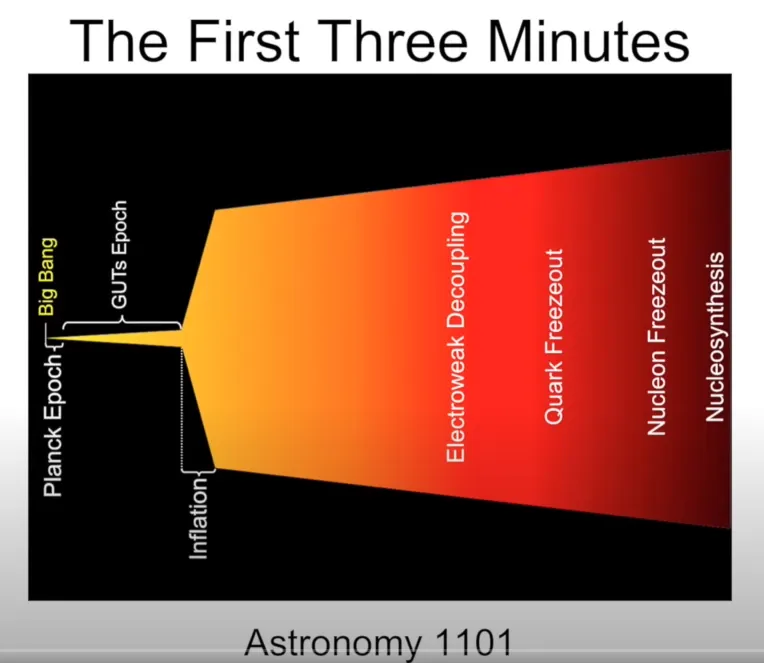
"A desktop is useful because it hides the truth... it keeps you ignorant of what you're doing, and it keeps you ignorant of that truth... Evolution does things on the cheap, making you see all the reality and toggle all the bits, good luck, you're going to die." - Don Hoffman
Hoffman's central claim, in his own words, is that
"space and time themselves are not fundamental reality. They're just the format of our VR headset."
Rather than consciousness emerging from complicated physical processes, he proposes that
"we've got to reverse the whole thing instead of space-time being fundamental and consciousness as a latecomer, let's switch it, let's make consciousness fundamental and space-time the latecomer."
Hoffman models consciousness as a network of interacting agents whose dynamics can mathematically map onto the geometries found by physicists operating outside space-time. This allows bridging his consciousness-based models with empirical physics within a unified mathematical framework.
Through mathematical modeling, evolutionary game theory, and modern physics, he argues that consciousness is the fundamental base of reality, rather than arising from physical matter and space-time.
The Evidence
-
Evolutionary Simulations Organisms perceiving objective reality went extinct compared to those perceiving simplified "fitness payoffs" in Hoffman's simulations. This suggests our senses didn't evolve to show us truth, but to guide behavior based on an compressed interface.
"Organisms that saw reality as it is went extinct when they were competing against organisms that didn't see any of reality and were just tuned to what evolution calls the fitness payoff functions." - Don Hoffman
-
Space-Time Breakdown Space-time itself breaks down at the incredibly small Planck scale of 10^-33 cm according to quantum gravity theories, suggesting it cannot be truly fundamental. As Hoffman states, "Space-time is just a headset...it falls apart very quickly."
-
Exotic Geometric Objects While probing reality outside space-time, physicists have discovered exotic geometric objects that massively simplify calculations of particle interactions. However, no theory yet explains the dynamics behind these geometries.
The "Doom" of Space-Time
A key piece of evidence that Hoffman draws upon is the inability for space-time itself to be truly fundamental according to our best physical theories. He directly quotes the physicist David Gross, who in 2005 wrote on the 100th anniversary of Einstein's theory of special relativity: "Space-time is doomed, it cannot be fundamental."
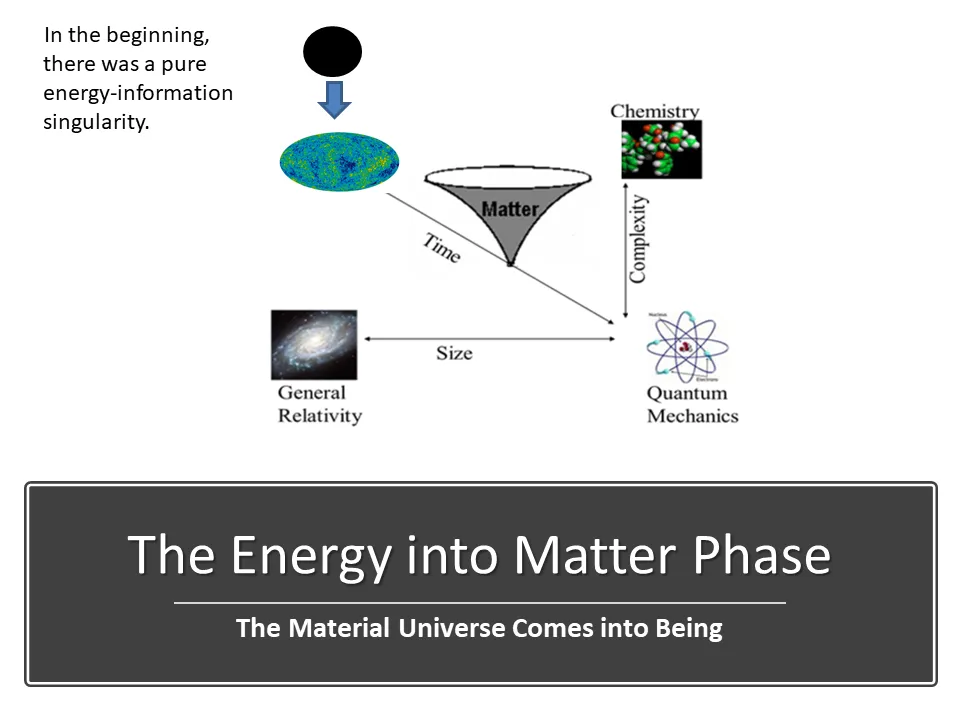
The reason, according to Gross and other leading theorists in high-energy physics and quantum gravity, is that at the incredibly small Planck scale around 10^-33 cm, space-time breaks down and "has no operational meaning." As Hoffman explains in his own words:
"Gross argues that it can't be fundamental because it falls apart at the Planck scale. When you go to smaller and smaller scales of space by using higher and higher energies, you can with smaller and smaller wavelengths of light resolve finer and finer details. But there's a limit to that...Einstein's theory together with quantum theory tell us where space-time stops: 10^-33 cm and 10^-43 seconds. It's over."
Hoffman sees this as a fatal issue for theories that assume space-time is a foundational reality from which consciousness somehow emerges as a product.
"The theories that 99% of my colleagues are doing, which are assuming that physical systems give rise to consciousness, cannot be right."
Instead, he takes the space-time breakdown predicted by quantum gravity as a signal that
"space-time is just a headset...it's only a four-dimensional headset. It falls apart very very quickly, 10^-33 cm. So it's a very very small number of dimensions."
In other words, the space-time we perceive is merely a limited user interface presenting a filtered outlook on a deeper, higher-dimensional reality.
The implication is that any theory of consciousness built on space-time founding assumptions is doomed to be incomplete at best. As Hoffman bluntly states:
"If space-time isn't fundamental, then the whole idea that brains and neurons are creating conscious experiences needs to be revisited."
It is this stark conflict between conventional physical theories of mind and the space-time "doom" predicted by quantum gravity that forces Hoffman to reconstrue consciousness as the fundamental base reality.
Connecting to Advanced Physics
In just the last decade, leading high-energy physicists have discovered strange higher-dimensional objects called "positive geometries" existing outside of space-time. These geometries have remarkable properties like exponentially simplifying calculations of particle interactions while revealing new underlying symmetries that are invisible from a space-time perspective.
As Hoffman describes it:
"They're like these diamonds, these objects outside of space-time whose volumes encode really important physical interactions inside space-time, like the probabilities of particles interacting and scattering...The structure, the vertices, edges, and faces, is capturing properties of space-time locality and unitarity."
However, while these abstract geometries show promise for transcending the limitations of space-time, "there's no dynamics, they're just these jewels sitting out there," according to Hoffman. In other words, the physicists have carved out a powerful mathematical space for describing reality outside space-time but lack a systematic theory for how that reality evolves and generates space-time itself.
"These positive geometries... don't care a bit about SpaceTime or quantum theory... makes the math simpler dramatically... and allows you to see new symmetries that are true of the data." - Don Hoffman
This is where Hoffman's consciousness-based models come into play. By starting from first principles of interacting conscious agents showing dynamical behaviors, he has derived mathematical mappings between his dynamics and the "positive geometries" already discovered in physics, as well as other exotic combinatorial structures.
As Hoffman puts it,
"We prove that you can map from our dynamics of conscious agents onto one of the combinatorial objects that the physicists have found, namely the decorated permutations...The physicists have already done half the work, they've said if you can get to these positive geometries outside of space-time, we'll take you all the way in."
In essence, while developed from completely different starting assumptions, Hoffman's consciousness models have already captured key mathematical structures that physicists have identified as existing beyond space-time. By bridging the two, he aims to use testable particle physics as an "inverse" way to probe and validate the more fundamental conscious reality his theory postulates.
The Amplituhedron's Connection to Spacetime
Nima Arkani-Hamed emphasizes that the amplituhedron suggests a far more complex structure underlying our perception of spacetime.
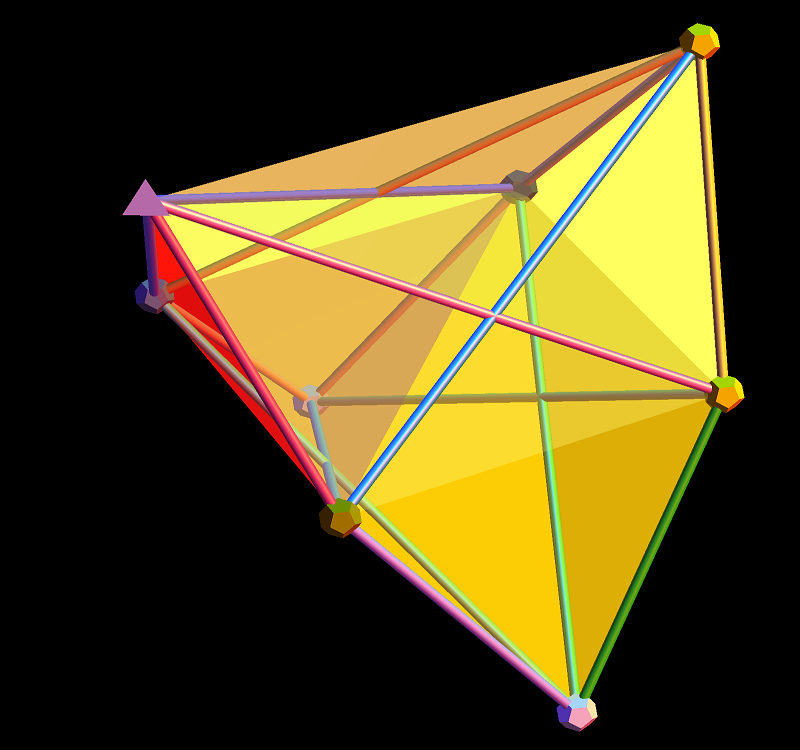
It’s not obvious where this is going. Maybe it will be something spectacular. Maybe it will just be a curiosity. We don’t know. But it’s something. And it’s a beautiful something.”— Nima Arkani-Hamed
This geometric object hints at the possibility of higher dimensions, and that our familiar four-dimensional spacetime could be a simplified projection from a richer mathematical reality.
Limits of Scientific Theories and the Power of Math
He underscores a core principle of science: all theories have inherent limits. Even the most robust models have boundaries where their descriptive power breaks down. This isn't a weakness, but rather a defining feature:
- The 'Self-Destruct Button': Great scientific theories often contain mathematical tools that reveal their own limitations. Einstein's theory of spacetime, while remarkably successful, has its limits at incredibly small scales (10^-33 cm).
- Evolutionary Game Theory: Similarly, the mathematical framework of evolutionary game theory has internal logic that, when followed, demonstrates that organisms and resources cannot be the fundamental building blocks of reality.
- The Bootstrap Approach: Science often progresses by using existing theories to expose their shortcomings and then formulating deeper theories. The challenge is ensuring that new theories correctly project back onto and explain the phenomena of our old, established theories.
Einstein's Visualization and the Role of Intuition
Arkani-Hamed points out that intuitive leaps often precede the rigor of mathematical formulation, using Einstein's elevator thought experiment as an example. This highlights a less structured—but still important—aspect of the scientific process. Ideas and insights can be born from visualization even though their true scientific utility is only unlocked when formalized into mathematics.
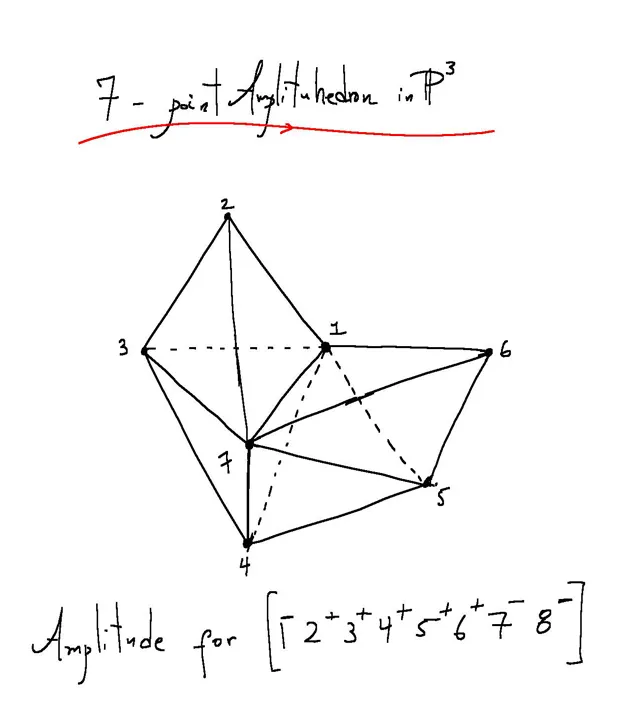
A sketch of the amplituhedron representing an 8-gluon particle interaction. Using Feynman diagrams, the same calculation would take roughly 500 pages of algebra. NIMA ARKANI-HAMED
Key Points:
- Beyond Familiar Spacetime: The amplituhedron is a powerful illustration that the structure of reality might be far more complex than our everyday perception suggests.
- The Beauty of Limitations: It's the nature of scientific theories to have limits. The best theories expose their own boundaries through rigorous mathematical analysis.
- Progress by Contradiction: New theories arise when older theories are pushed to their limits, generating contradictions that necessitate a deeper understanding.
Creativity & Cognitive Science
Many creative minds—scientists, authors, painters, and sculptors alike—speak of "tapping into" a source of inspiration greater than themselves. They describe feeling less like originators and more like conduits, frantically capturing ideas as they flow from this greater source. This creative process could be interpreted as momentarily connecting with a vast, interconnected consciousness. Those moments of immense insight and artistic brilliance might be instances where we break through and truly access this boundless wellspring of creativity that transcends individual identity.
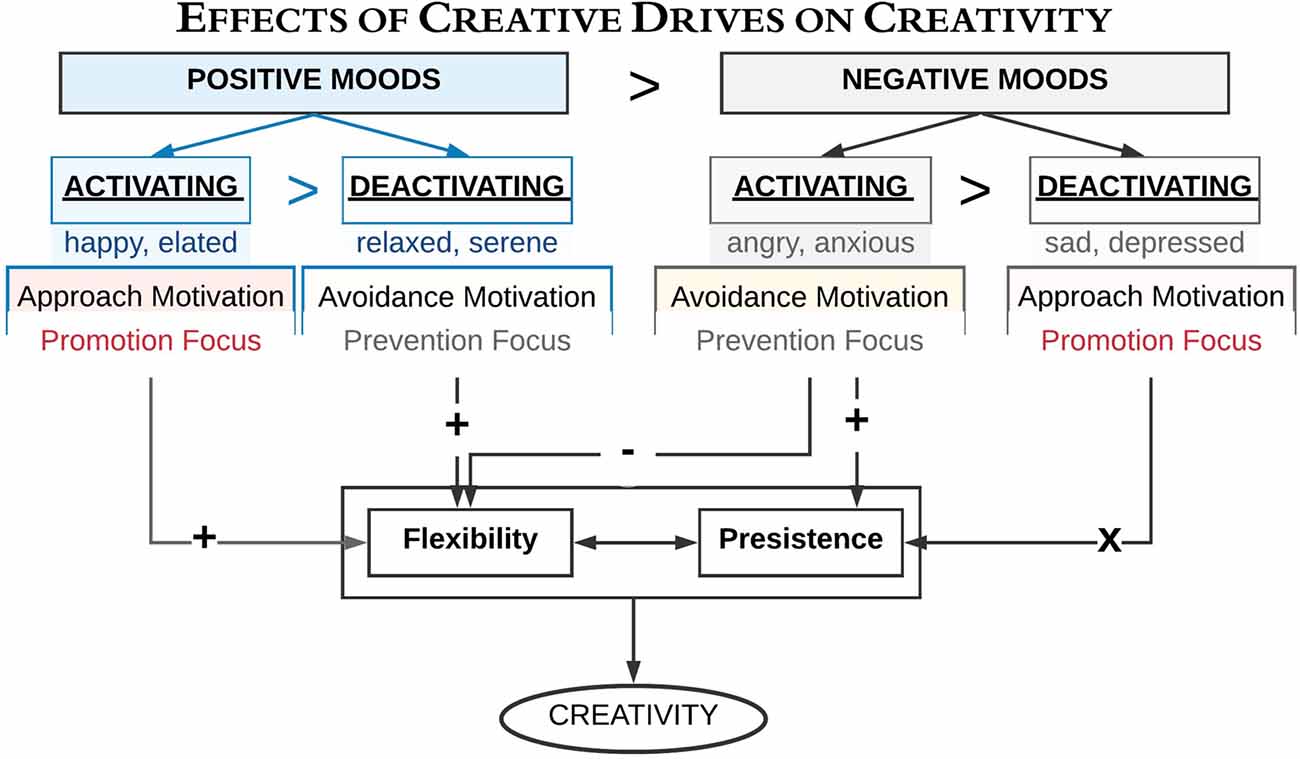
Cognitive science approaches the topic of creativity from several angles. Some research focuses on the difference between the right and left brain hemispheres, suggesting creativity may be enhanced when we tap into the more visual, less structured right hemisphere. Works like Daniel Kahneman's "Thinking Fast and Slow" explore the different ways our minds process information, and how "aha!" moments often come from periods of unconscious work or rest. While this body of research is fascinating, it's ultimately limited by the assumption that the brain is the source rather than the receiver of consciousness.
Meditation
The meditative state undeniably affects our cognition. Some spiritual traditions teach of a unified "One", or a supreme consciousness from which all individual instances spring. This concept, combined with modern theories about consciousness as a fundamental force, raises interesting questions. Can creativity blossom when we truly tap into this fundamental consciousness?
Mathematically, models exist that describe how smaller conscious agents can combine, hinting at the possibility of a greater unified consciousness. To tap into that vast, unified awareness could be the key to creative breakthroughs.
Many individuals report that the practice of meditation helps them let go of limiting ego structures, and it is in this state that they access profound insight from what feels like an infinite intelligence beyond their own minds.
What is Death?
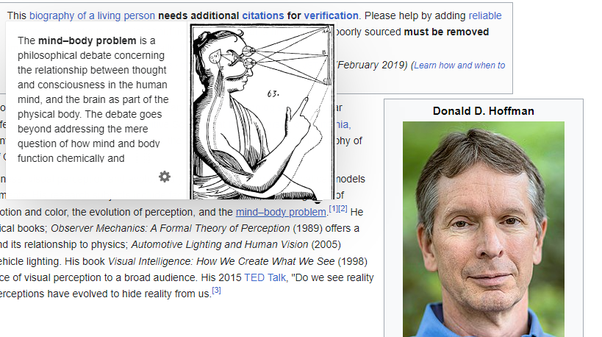
Words are merely pointers, not the real thing. They are noises we make that offer no true explanation. The fundamental reality lies in our conscious experiences – the taste of cinnamon, the experience of a rabbit, or even awareness without content.
This perspective flips the typical physicalist view. Instead of spacetime being fundamental, experiences are primary. The things we say about our experiences are trivial compared to deep awareness.
If there is a fundamental interconnected consciousness, then what exactly is death? For a physicalist, death is clearly the cessation of brain function, ending consciousness. But, if consciousness is fundamental and spacetime is just a headset, death might simply be removing the headset. Consciousness doesn't depend on the headset; the headset depends on consciousness.
Just like a VR headset renders a Ferrari only when you look, our brains might render the world and its objects (like neurons) only as we perceive them. When we look away, they cease to exist in the same way.
Cognitive neuroscience is valuable, but the complexity of the human brain – with its 86 billion neurons – is trivial compared to the deeper reality it projects. We need more research in neuroscience because we have to reverse-engineer the brain to grasp the deeper reality of consciousness.
Brains Don't Exist
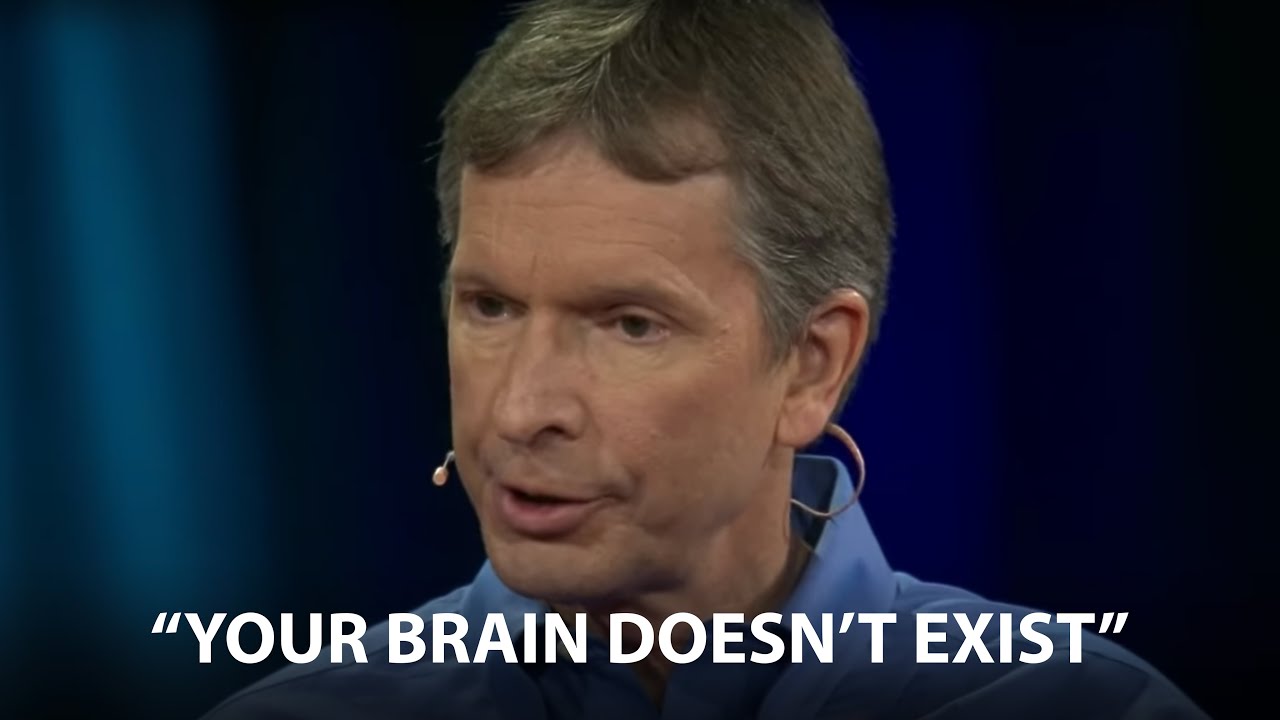
Brains don't exist and it doesn't create my conscious experiences. It doesn't exist when it's not perceived so that it can't be. Then I mean the logic that if there's no brain there's no consciousness that doesn't work because right now I don't have a brain and I still have consciousness.
So here I already have proof that I don't need a brain to be conscious and so when my when it appears that my brain is completely destroyed there's no reason to believe that my consciousness will be destroyed. That's an intellectual argument.
How do I feel about it? I don't believe it emotionally right, if you put a gun to my head I'd be scared. It's really quite interesting to me to be in this state where intellectually it's clear as day and my emotions have a long way to go to come.
Meditation does have the ability to, and I can feel it integrating that so that this is no longer just, it's less and less just an intellectual thing and more and more becoming a lived thing.
But it's very very interesting that in some sense this Consciousness when it projects itself into a headset decides to go all in, to completely lose itself, to in some sense fall asleep.
Some spiritual traditions will talk about we're almost asleep and spirituality is about waking up to what you really are and I I think that there's something to that. It's almost moments of waking up and then falling back asleep. You do see a few people where it looks like they woke up and stay awake.
The Infinite Consciousness
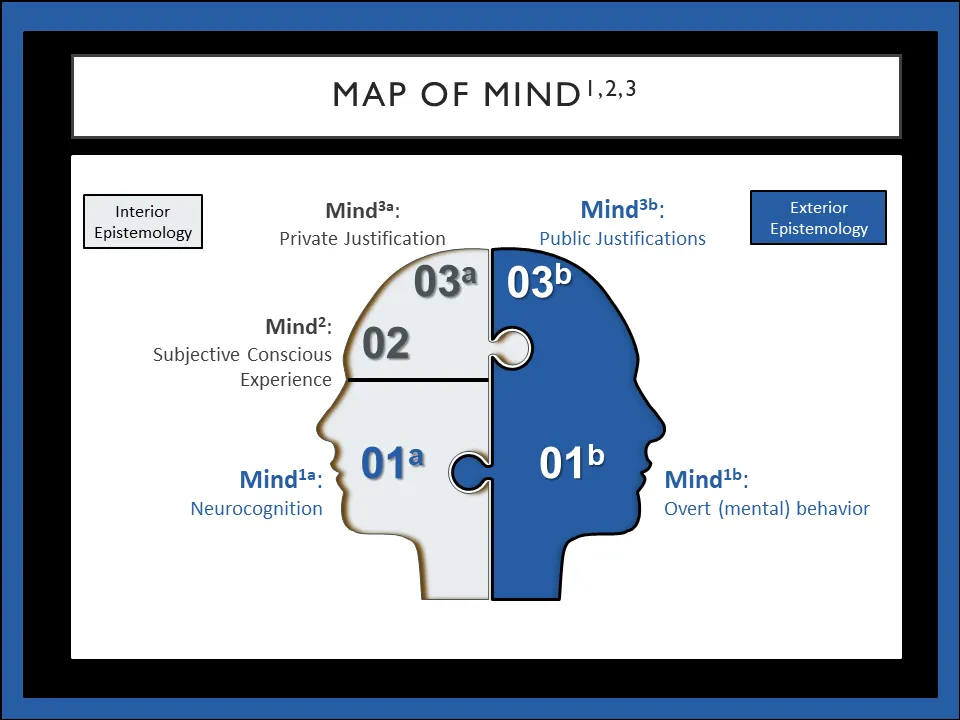
I (Hoffman) apparently had a brush with death a few years ago. Apparently, it was a consequence of covid. It inflamed my heart and gave me an arrhythmia that they couldn't stop for 36 hours. At the end of 36 hours with no sleep and my heart racing 190 beats per minute, I figured well they can't do it if they've been at it for 36 hours they can't do it and my heart's not going to be able to do this much longer so I texted my wife goodbye. That was exceedingly painful and quite scary, quite painful. My heart is still questionable. I've had surgery since then but the damage is pretty severe. It still goes into arrhythmia and every time it does there is the potential that this is it. I have a short teller, and it does focus the attention when death is not an abstract idea. It is something I face every day, the potential, the real potential, every day.
I then see, what do I emotionally believe as opposed to what do I intellectually believe? The intellectual stuff is pretty clear. It's really quite striking how the emotions are largely out of it, the fear is there. I would say it's less than it was. I think that there is a the meditation has been slowly affecting my emotional system. There are people like C2 who apparently it happened overnight. Apparently, he was a mess one day and completely out of it the next. I might wish for that although I guess apparently the stress that he was under was so extreme... maybe I wouldn't want to go through that kind of extreme stress. It seems so nasty that you pop out, you pop awake permanently. Maybe I couldn't handle that.
I'm apparently one of those that's awake, asleep, awake, asleep, mostly asleep, but waking up a little bit more. I spend time every day in meditation and coming to terms with death. I mean it's obvious that we're all going to face it and taking that seriously means that almost everything that we're spending our time on has to be reevaluated, especially our motivations. Am I trying to become rich because I think that's going to make me deeply ultimately permanently happy? No, it's just more to walk away from in a few years when you die. It's not going to stop you from dying. You're going to walk away from all that reputation, you're going to walk away from it all.
Ultimately I think the analogy that comes to me that's perhaps most helpful is, if you're in a video game it's a first-person player video game so you have an avatar... maybe you're shooting up and so forth and there are people trying... other avatars are trying to attack your avatar. There are two ways you can play the game. One is I'm just sitting in my chair having a good time and there's my avatar and if they shoot it up hey you know no big deal. The other thing is you get lost in the game and sometimes the games are so immersive that you like you forget that it's a game.... now something happens to your avatar is happening to you. I'm identified with my avatar. I've still, I'm immersed in the game. I'm slowly waking up and saying oh you know I have the mathematics that say you know I have no neurons when they're not perceived, and my hands don't even exist when they're not perceived. It's just an avatar and it doesn't matter. I intellectually understand that but I'm still immersed in the game emotionally.
Why would infinite unbounded consciousness do that to itself? Why would it allow that? It's painful, it's quite painful. Ultimately it's an illusion and we can laugh at the pain, but when you're in it, you're not laughing, it's just painful. The answer is I don't know, but there's one idea and that is how can the infinite formless awareness know itself? Maybe it's about knowing itself. There's a theorem, so here's the mathematics that no system can ever completely understand itself, can never build a model of itself. If you have a computer for example, and you want the computer to build a model of itself, well it's going to have to have a program in it that sort of is talking about its structure. As soon as you have the program, it's part of the computer... and now it needs to have a program to model that program... this turns into an infinite regress.
Evolution and Reality: Unveiling the Illusion
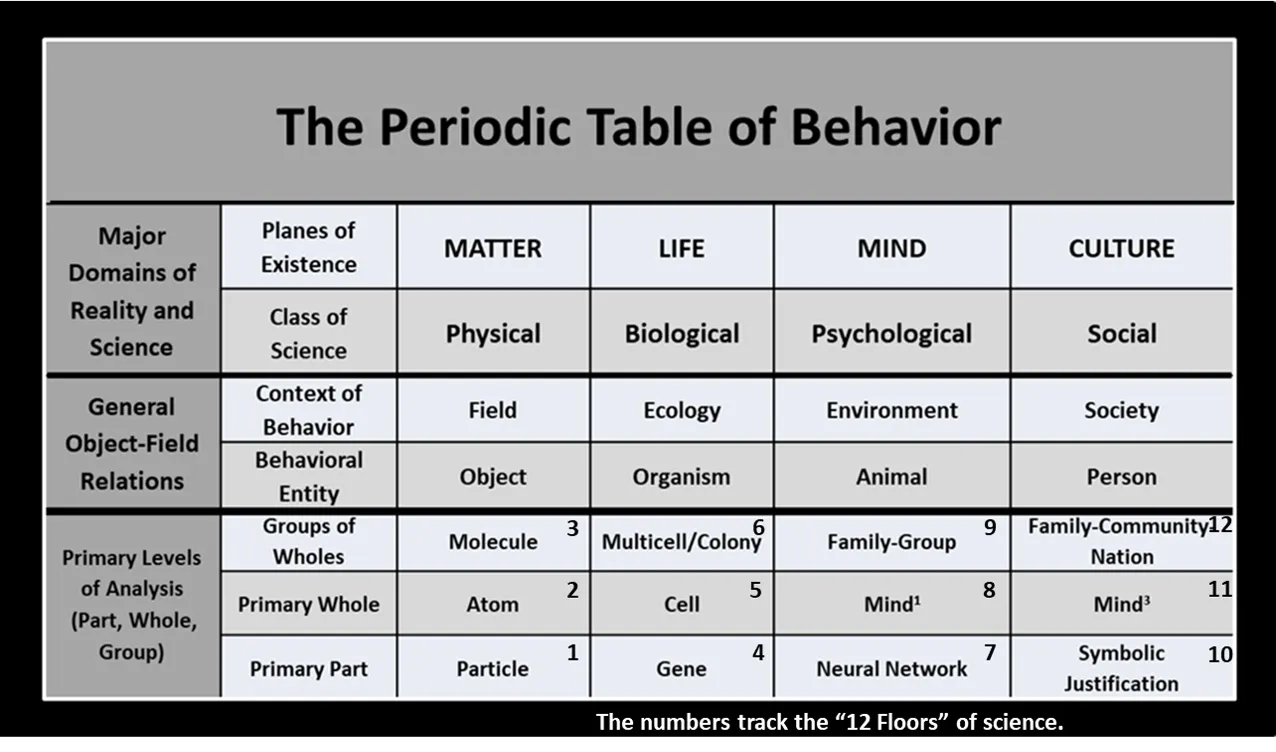
Evolutionary theory, while a useful framework within science, may not fully explain the fundamental nature of reality. Evolution focuses on strategies that increase fitness to survive and reproduce, crafting our perceptions around those goals. Consequently, our perception of the world may be a functional representation tailored to fitness, not an accurate depiction of objective reality.
The Power and Limitations of Mathematics
Mathematics is a powerful tool for understanding the patterns and structures we perceive in the universe. Its ability to predict phenomena, such as black holes, highlights its utility within science. Yet, its grounding in axioms and provability, along with the implications of Gödel's incompleteness theorems, suggest that mathematics is inherently limited. Like bones to a body, mathematics forms a skeletal structure within the broader, more dynamic system of consciousness.
Mathematics, Proof, and Infinity
Gödel's incompleteness theorems reveal an inherent incompleteness within any consistent mathematical system. We will always encounter true statements that cannot be proven within a given set of axioms. This suggests that mathematical truth extends beyond what we can formally prove, hinting at an infinitely expansive domain of mathematics. The precision of mathematics allows us to understand the very limits of our symbolic systems, an extraordinary capacity with profound implications for our understanding of reality.
Consciousness and Immersive Game Metaphors
Explaining complex ideas to children can be achieved through metaphors and analogies. Comparing our reality to a massively immersive multiplayer game connects with a child's grasp of virtual worlds. The true reality, according to this analogy, exists beyond the 'headset.' Furthermore, the idea that all players in the game may ultimately be expressions of a single, greater consciousness is a radical departure from our everyday experience, raising fascinating questions.
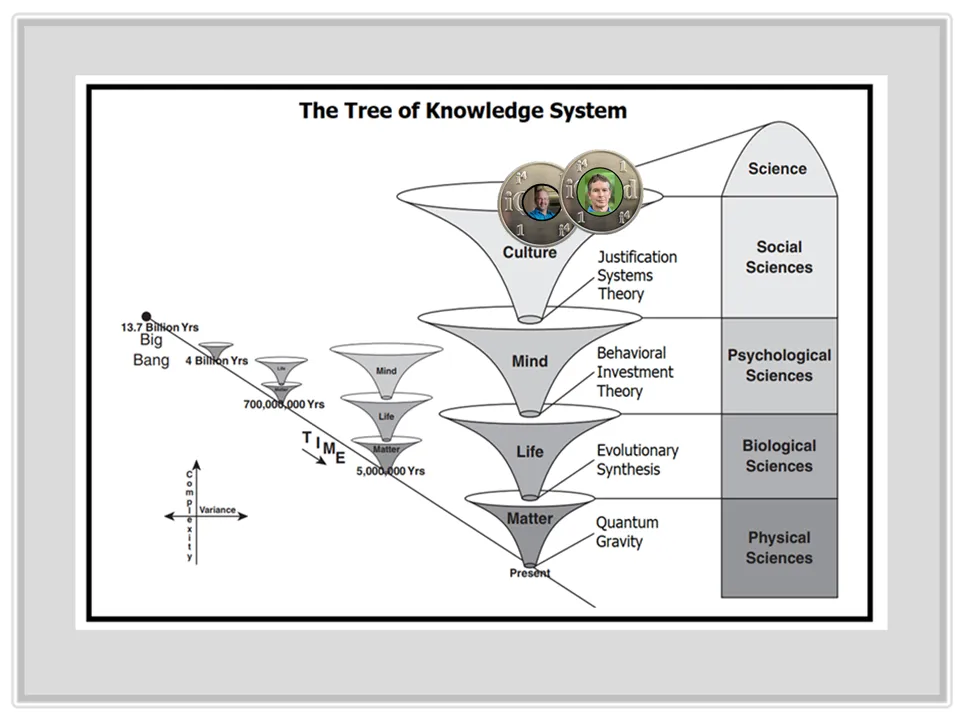
Major Implications
Interconnected Consciousness
If valid, Hoffman's integrated theory would mean "reversing the whole thing" in our scientific worldview by
"making consciousness fundamental and space-time the latecomer, just one of the headsets."
He acknowledges this
"would constitute a profound revolution in our scientific comprehension of objective reality - replacing matter and space-time as fundamental with a possibly idealist observer-centric model grounded in interacting conscious agents."
In his own words, Hoffman explains,
"we're modeling these network of conscious agents and... we've written down what's called a Markovian dynamics... it's a good starting point and I never thought it was going to be the final word".
He further elaborates on the technical mechanism through which these conscious agents interact, stating,
"agents can have conscious experiences and they can affect the conscious experiences of other agents",
indicating a complex, interconnected web of experiences that underpin the fabric of reality.
Hoffman argues his mathematical framework aligns with modern empirical evidence:
"I'm hoping that as soon as they can get the right assumptions, they'll take off on this because they're brilliant, but what's stopping them from getting any progress in consciousness is the assumption that consciousness is a latecomer and it comes from complicated causal interactions of physical systems."